The TRCP joins its conservation partners and industry leading brands in calling for hunters and anglers to protect their access and act responsibly as they enjoy the outdoors. Please remember to practice #ResponsibleRecreation.
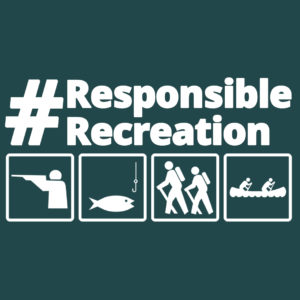
As the weather gets warmer—and as cabin fever heats up, as well—chasing spring turkeys or bears and wetting a line probably seem like great way to escape some of the stress we’re currently experiencing. In many states, campgrounds and national parks are beginning to re-open to visitors. And while many Americans are discovering that being outdoors can offer something of a temporary return to normalcy, it’s important that we pursue our passions in the upcoming weeks and months in a responsible way given our current reality.
#ResponsibleRecreation means adhering to a few simple commitments:
- Plan ahead by purchasing any necessary licenses or park passes online.
- Stay close to home. Traveling to far-away destinations creates a greater risk of spreading COVID-19.
- Follow everyday best practices for preventing infection. Wash your hands, maintain social distancing, and stay home if you are experiencing symptoms.
- Be aware of any relevant state and federal guidelines. Even if your destination is open to outdoor recreation, the rules for use may be different now than they otherwise would be.
- Pack out your trash and be respectful of our shared resources. For years now, our national parks have struggled to keep up with increased visitation and currently have a backlog of maintenance and repair needs in excess of $11.9 billion. Now, many parks and other public facilities are understaffed. (Take action on this issue here.)
- Share your adventures on social media in a way that encourages others to make similarly responsible choices. Be sure to use the hashtag #ResponsibleRecreation.
In short, please do get outside. But stay safe, follow the law, and keep it local. Here’s why.
The Rules May Have Changed
Following the law has always been part of being a hunter or angler. But what has changed under current circumstances are some of the rules regarding access and opportunity, particularly on public lands.
Certain public lands have closed to visitors (especially national parks and other areas that draw large crowds). But even on those that remain open, you may find closed public facilities like visitors’ centers, campgrounds, restrooms, or boat ramps. Be sure before you go that your destination is open for recreation and be certain to respect any temporary closures. Many agencies, like the Forest Service and the National Park Service, have established pages on their websites where COVID-19-related news and updates are highlighted.
Likewise, hunters and anglers must also double-check that seasons, regulations, and/or openers haven’t been changed by state fish and game agencies. Nebraska, for instance, is no longer selling non-resident spring turkey permits, and Washington has closed several hunting seasons as well as its recreational fisheries.
So remember: before you pack up your vehicle and hit the road, call ahead or check online to be sure you’re not running afoul of any temporary changes to regulations or access opportunities.
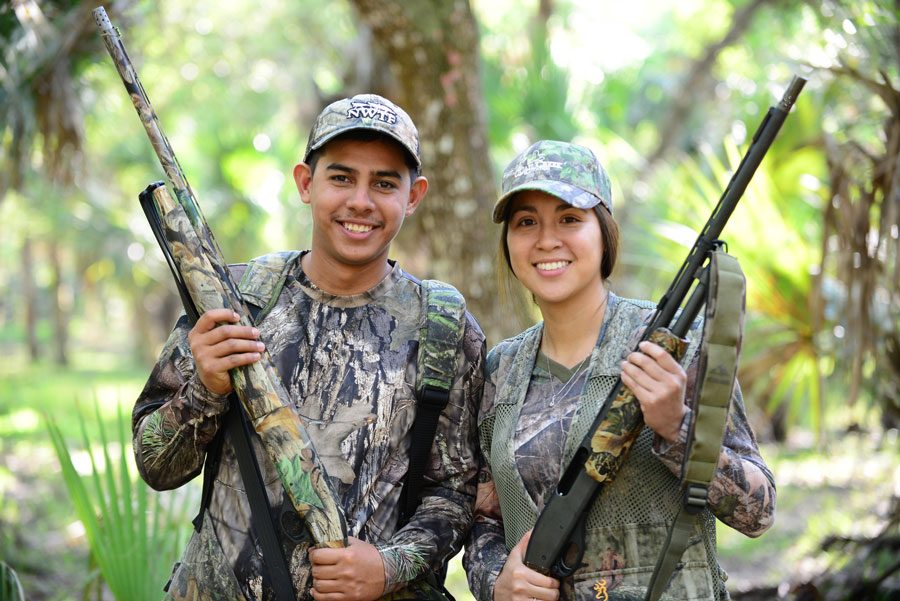
Small Communities Are Strapped
With extra time on your hands, you may be tempted to explore new terrain or use the opportunity to check a destination off your bucket list, especially when many are unable to work and have restless children at home. And it also seems right during this economic downturn to support the guides, outfitters, and small businesses that cater to visiting hunters and anglers. But there’s good reason to keep it simple and head to the local woods and waters instead.
Travel to faraway destinations creates more of a risk for disease spreading. Keep in mind that many rural areas and “gateway” communities do not have the same healthcare infrastructure and stores of medical supplies that you’d find in more populated areas, and that these places typically have a higher percentage of older residents who may be vulnerable to the coronavirus.
Likewise, groceries and other home goods in rural communities are limited and needed by those that live there. While many businesses usually depend on spending by out-of-town visitors, during these unusual circumstances they’d rather have stock on the shelf available for their neighbors.
And when you do get out, it is more important than ever to think about the risks before making decisions in the outdoors.
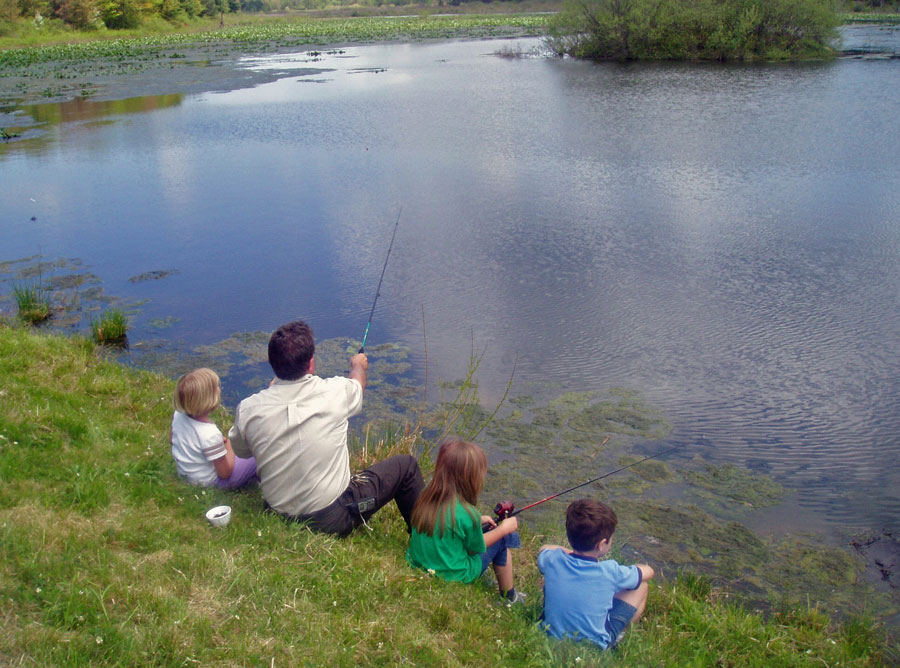
This Is Not the Time to Take Physical Risks
In addition to the ways that the healthcare precautions we’ve all been following might apply to outdoor recreation ( i.e., avoid crowded trailheads, give others extra space on the boat ramp, etc.), there are extra considerations for those of us who like to get out and explore on the water and wild landscapes.
Search and rescue efforts, emergency evacuations, and similar incidents put at risk our first responders and draw resources away from our already over-burdened medical facilities. Emergency services across the country have asked outdoor recreators to choose lower-risk backcountry activities during these extraordinary times.
So by all means, get out and enjoy what we all love about time in the outdoors: fresh air, exercise, and a break from the stress of everyday life. But don’t forget about the role we all have to play in the effort to keep one another safe.
Keep it simple, know the rules, stay safe, and make this the season to savor the best hunting and fishing your town or county has to offer—who knows, you might just discover an overlooked opportunity in your own backyard.
Top photo: Virginia State Parks via Flickr

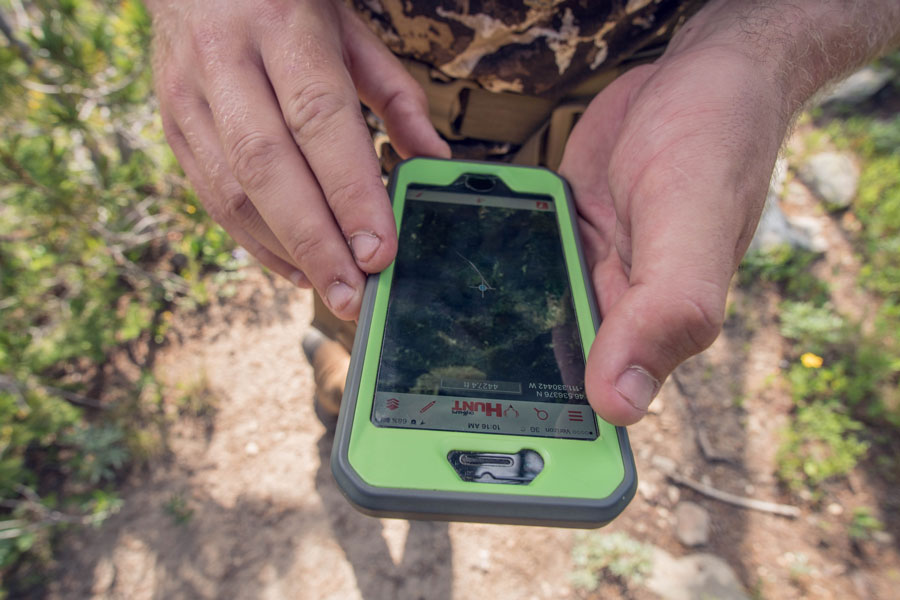
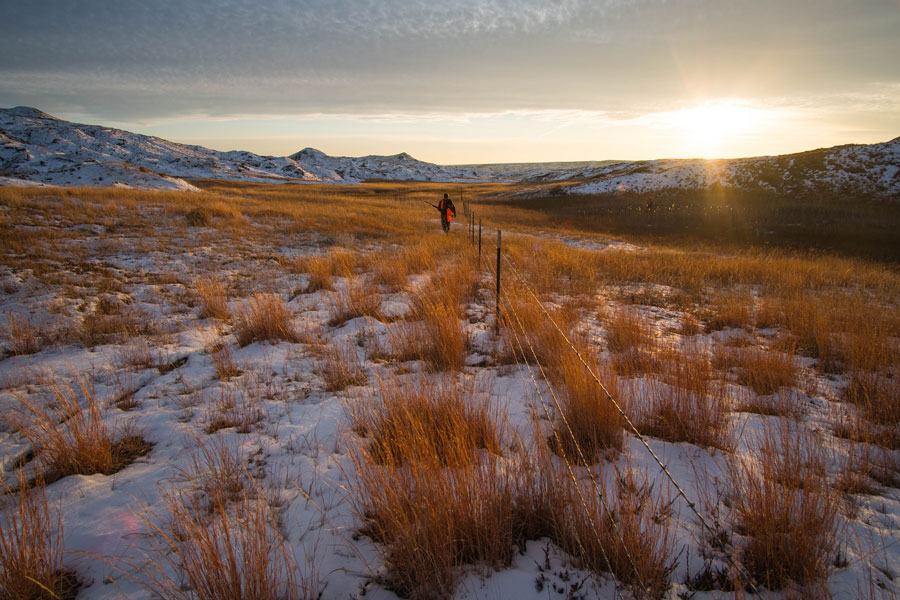





Hunters and fisherpersons are the least of the problems relating to corona virus, because they are outdoors and separated from other persons. They should be encouraged to go out rather than in crowded stores and other venues. To forbid hunting and fishing is dumb.
I disagree for many of the reasons explained in your plan. But I understand the comment. Trump took a knee, walked off the field and abdicated to the Governors. So there are wild inconsistencies and mixed messages. In Nebraska a popular outlet mall will be allowed to open this weekend, but I can’t camp with my son in the local State Park. That is a very mixed message. The comment does not reflect lack of understanding, but rather a lack of “buy-in”! That’s the result of no national plan and serious and consistent message.
Well, that’s how federalism works. Each state should be best equipped to handle their own affairs. Beaurocrats in DC should not be deciding how many out of state turkey permits should be sold in NB. You think Trump is the one who should decide that? Come on…